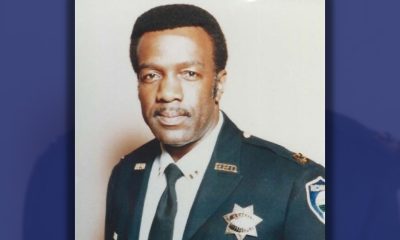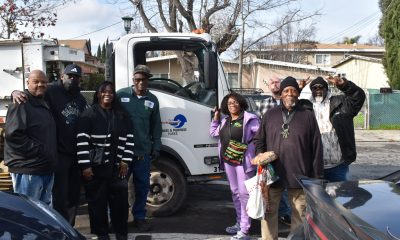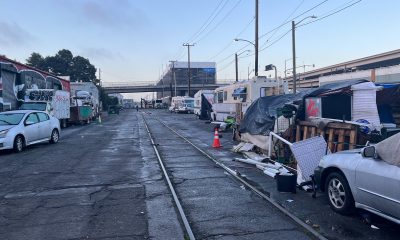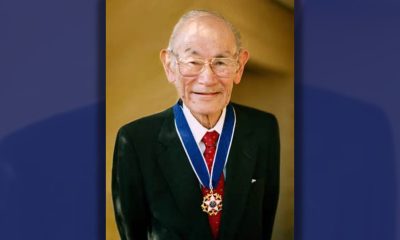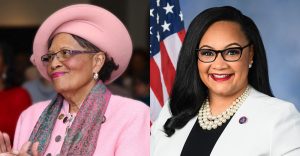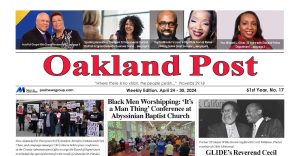Activism
20 Years Later, Breast Cancer Emergency Fund a Testament to Faith Fancher’s Enduring Legacy
When a woman is undergoing treatment for breast cancer, chemotherapy and radiation often make her too weak to work. If she is working a low-paying job or unemployed, the mounting bills can become overwhelming. For 20 years, the Women’s Cancer Resource Center (WCRC) has provided a lifeline. The Berkeley-based non-profit organization administers the Faith Fancher Breast Cancer Emergency Fund, which gives cash grants of up to $595 to low-income women in Alameda and Contra Costa Counties who are battling breast cancer.
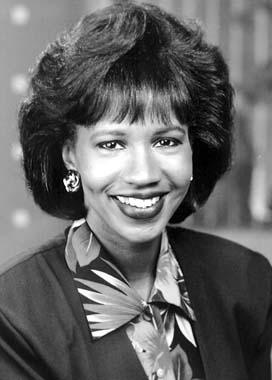
By Tammerlin Drummond
When a woman is undergoing treatment for breast cancer, chemotherapy and radiation often make her too weak to work. If she is working a low-paying job or unemployed, the mounting bills can become overwhelming.
For 20 years, the Women’s Cancer Resource Center (WCRC) has provided a lifeline. The Berkeley-based non-profit organization administers the Faith Fancher Breast Cancer Emergency Fund, which gives cash grants of up to $595 to low-income women in Alameda and Contra Costa Counties who are battling breast cancer.
Grant recipients have used the money to help pay for food, utilities, rent, car insurance, medical co-pays and other necessities. One woman who was diagnosed with Stage 4 breast cancer said she used her $595 grant to buy an oxygen concentrator.
“You could say the air I breathe is because of your generosity,” she said. “I am so incredibly grateful to you and am feeling better every day.
The fund is named in honor of Faith Fancher, a popular television reporter at KTVU who died in 2003 after a valiant battle against breast disease, the web site says. Fancher saw her own cancer as an opportunity to use her public profile to raise awareness and educate others about the importance of early detection.
Fancher founded an organization called Friends of Faith that was dedicated to raising funds for low-income women with breast cancer.
It was 20 years ago this March that Fancher first approached the Women’s Cancer Resource Center about setting up an emergency grant program for women going through breast cancer treatment.
One of the earliest recipients was a 50-year-old homeless woman who used her $595 grant to pay for moving costs into housing she could afford.
“Faith understood the financial burden that low-income individuals faced when diagnosed with breast cancer,” said Dolores Moorehead, who oversees the fund at the WCRC. “This was the first fund dedicated to financial support being offered in the East Bay.”
Over the past two decades, the Faith Fancher Breast Cancer Emergency Fund has given out $992,000 in one-time cash grants. There have been 2,500 beneficiaries, including women and some men with breast cancer.
Ricki Stevenson, a founding member of Friends of Faith, reflected on Fancher’s legacy and the enduring impact of the emergency fund that she created.
“It says that Faith continues to be a presence and it wasn’t just about her,” Stevenson said. “It was so all of the other sisters who come behind us they now have help even though they don’t have the same resources.”
Rosie Allen, another founding member of Friends of Faith, said Fancher left a lasting impact. “Twenty years later Faith is no longer with us, but the breast cancer emergency fund lives on and the need is even greater than ever.”
The Friends of Faith used to host an annual 5K walk/run at Lake Merritt to honor Fancher after she died. It raised funds for the emergency fund and other Bay Area non-profits that provide services to breast cancer survivors.
After Friends of Faith disbanded in 2017, the To Celebrate Life Foundation, former Friends of Faith board members and community members have continued to support the breast cancer emergency fund.
Shyanne Reese used her grant to help pay her rent while she was going through breast cancer treatment.
“I often reflect on how I wish I could share with Faith the impact her life and friends made on me in a non-judgement environment, relieving the financial stress of simply paying the rent so that I could focus on healing,” Reese said.
“With your support, we are able to continue this fund and support our community members when they need us most, said WCRC Executive Director Amy Alanes.
To donate to the Faith Fancher Breast Cancer Emergency fund, visit https://tinyurl.com/FaithFancher.
Activism
Oakland Post: Week of April 24 – 30, 2024
The printed Weekly Edition of the Oakland Post: Week of April 24 – 30, 2024
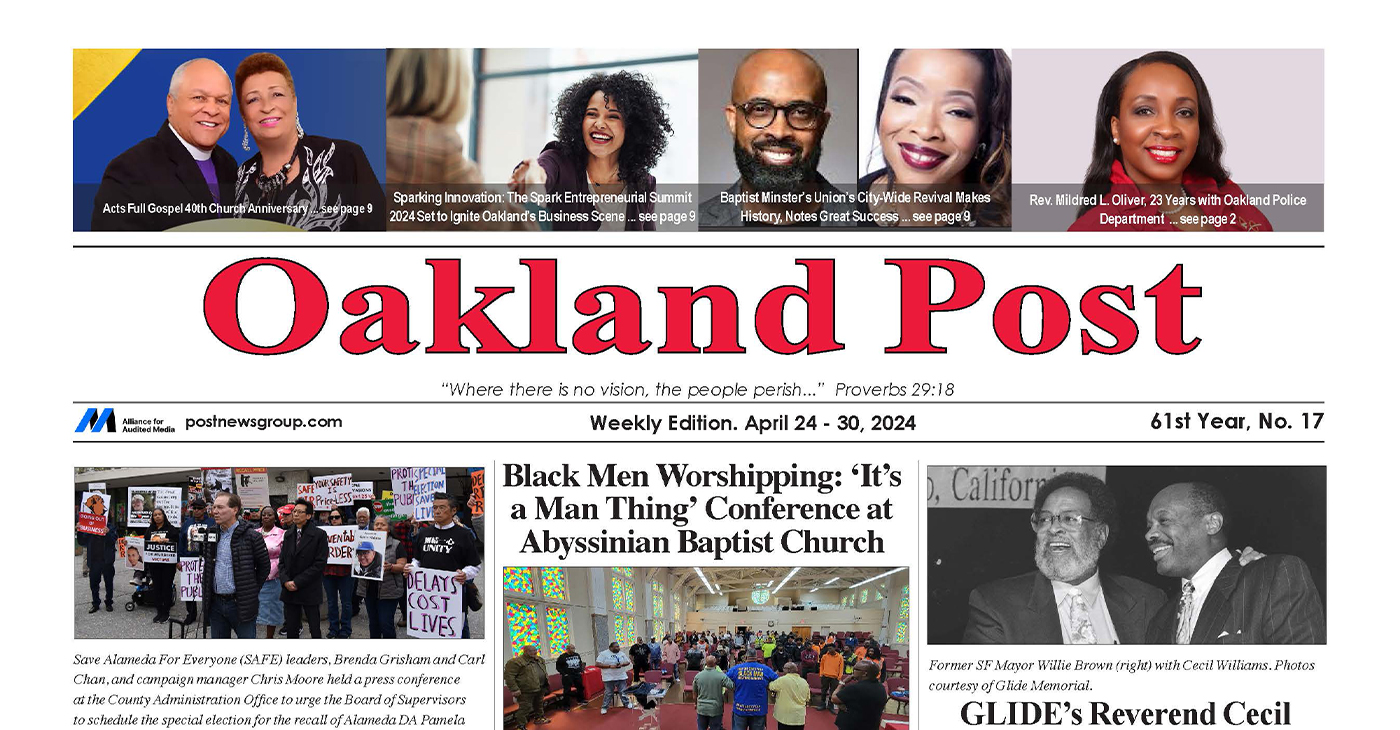
To enlarge your view of this issue, use the slider, magnifying glass icon or full page icon in the lower right corner of the browser window. ![]()
Activism
Oakland Post: Week of April 17 – 23, 2024
The printed Weekly Edition of the Oakland Post: Week of April 17 – 23, 2024

To enlarge your view of this issue, use the slider, magnifying glass icon or full page icon in the lower right corner of the browser window. ![]()
Activism
Oakland Schools Honor Fred Korematsu Day of Civil Liberties
Every Jan. 30, OUSD commemorates the legacy of Fred Korematsu, an Oakland native, a Castlemont High School graduate, and a national symbol of resistance, resilience, and justice. His defiant stand against racial injustice and his unwavering commitment to civil rights continue to inspire the local community and the nation. Tuesday was “Fred Korematsu Day of Civil Liberties and the Constitution” in the state of California and a growing number of states across the country.
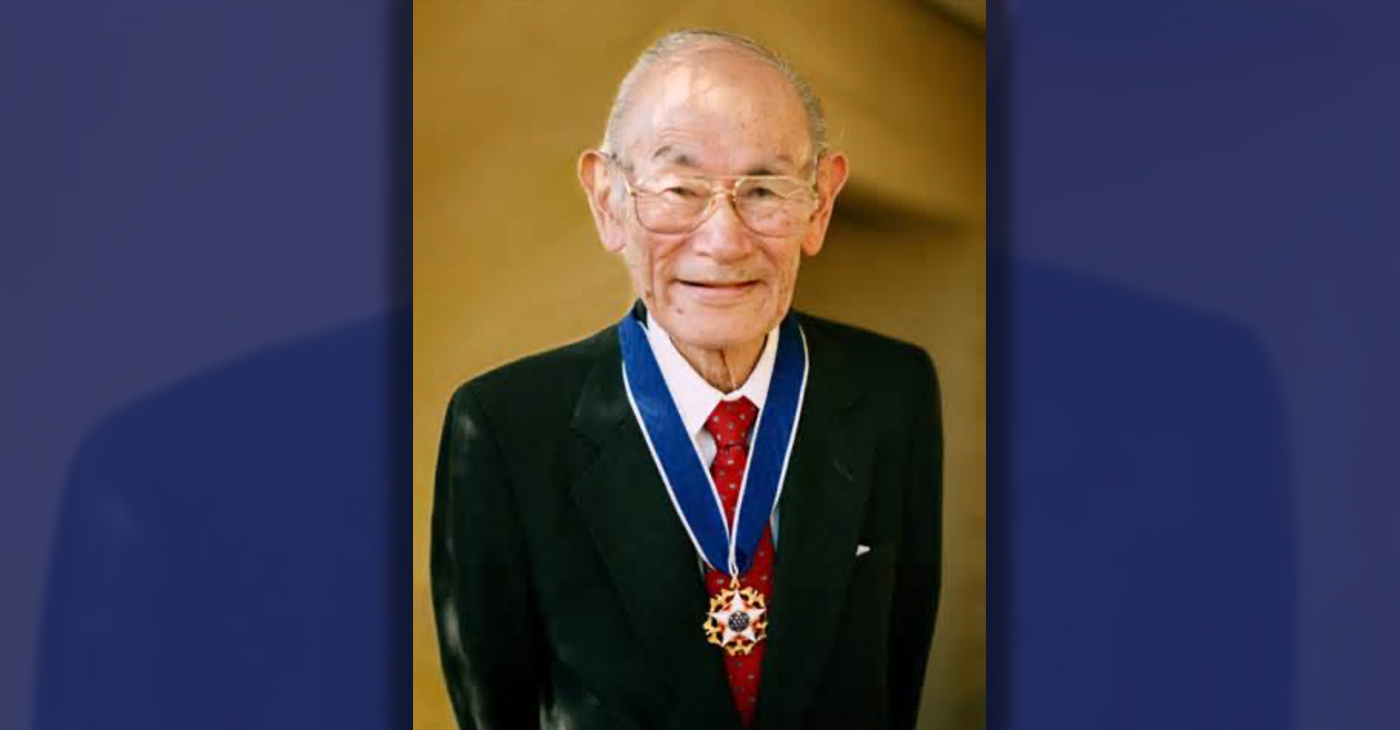
By Post Staff
Every Jan. 30, OUSD commemorates the legacy of Fred Korematsu, an Oakland native, a Castlemont High School graduate, and a national symbol of resistance, resilience, and justice.
His defiant stand against racial injustice and his unwavering commitment to civil rights continue to inspire the local community and the nation. Tuesday was “Fred Korematsu Day of Civil Liberties and the Constitution” in the state of California and a growing number of states across the country.
One OUSD school is named in his honor: Fred T. Korematsu Discovery Academy (KDA) elementary in East Oakland.
Several years ago, founding KDA Principal Charles Wilson, in a video interview with anti-hate organization “Not In Our Town,” said, “We chose the name Fred Korematsu because we really felt like the attributes that he showed in his work are things that the children need to learn … that common people can stand up and make differences in a large number of people’s lives.”
Fred Korematsu was born in Oakland on Jan. 30, 1919. His parents ran a floral nursery business, and his upbringing in Oakland shaped his worldview. His belief in the importance of standing up for your rights and the rights of others, regardless of race or background, was the foundation for his activism against racial prejudice and for the rights of Japanese Americans during World War II.
At the start of the war, Korematsu was turned away from enlisting in the National Guard and the Coast Guard because of his race. He trained as a welder, working at the docks in Oakland, but was fired after the bombing of Pearl Harbor in 1941. Fear and prejudice led to federal Executive Order 9066, which forced more than 120,000 Japanese Americans out of their homes and neighborhoods and into remote internment camps.
The 23-year-old Korematsu resisted the order. He underwent cosmetic surgery and assumed a false identity, choosing freedom over unjust imprisonment. His later arrest and conviction sparked a legal battle that would challenge the foundation of civil liberties in America.
Korematsu’s fight culminated in the Supreme Court’s initial ruling against him in 1944. He spent years in a Utah internment camp with his family, followed by time living in Salt Lake City where he was dogged by racism.
In 1976, President Gerald Ford overturned Executive Order 9066. Seven years later, the 9th Circuit Court of Appeals in San Francisco vacated Korematsu’s conviction. He said in court, “I would like to see the government admit that they were wrong and do something about it so this will never happen again to any American citizen of any race, creed, or color.”
Korematsu’s dedication and determination established him as a national icon of civil rights and social justice. He advocated for justice with Rosa Parks. In 1998, President Bill Clinton gave him the Presidential Medal of Freedom saying, “In the long history of our country’s constant search for justice, some names of ordinary citizens stand for millions of souls … To that distinguished list, today we add the name of Fred Korematsu.”
After Sept. 11, 2001, Korematsu spoke out against hatred and discrimination, saying what happened to Japanese Americans should not happen to people of Middle Eastern descent.
Korematsu’s roots in Oakland and his education in OUSD are a source of great pride for the city, according to the school district. His most famous quote, which is on the Korematsu elementary school mural, is as relevant now as ever, “If you have the feeling that something is wrong, don’t be afraid to speak up.”
-

 Activism4 weeks ago
Activism4 weeks agoOakland Post: Week of March 27 – April 2, 2024
-

 #NNPA BlackPress4 weeks ago
#NNPA BlackPress4 weeks agoBeloved Actor and Activist Louis Cameron Gossett Jr. Dies at 87
-
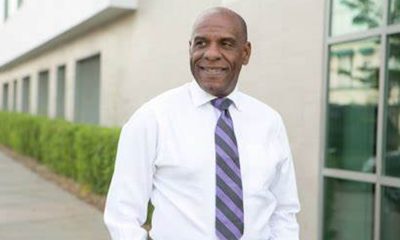
 Community2 weeks ago
Community2 weeks agoFinancial Assistance Bill for Descendants of Enslaved Persons to Help Them Purchase, Own, or Maintain a Home
-
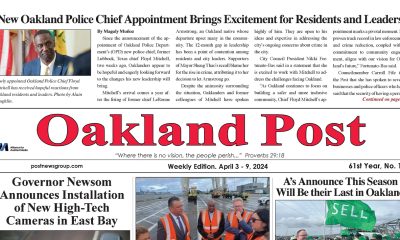
 Activism3 weeks ago
Activism3 weeks agoOakland Post: Week of April 3 – 6, 2024
-

 Business2 weeks ago
Business2 weeks agoV.P. Kamala Harris: Americans With Criminal Records Will Soon Be Eligible for SBA Loans
-
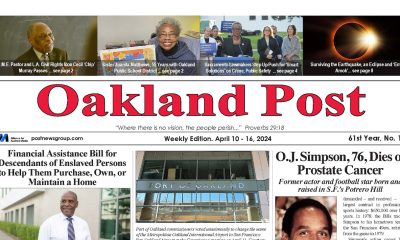
 Activism2 weeks ago
Activism2 weeks agoOakland Post: Week of April 10 – 16, 2024
-
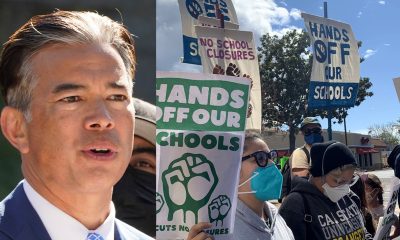
 Community2 weeks ago
Community2 weeks agoAG Bonta Says Oakland School Leaders Should Comply with State Laws to Avoid ‘Disparate Harm’ When Closing or Merging Schools
-
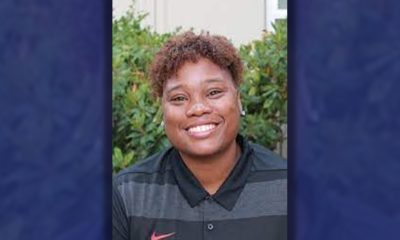
 Community1 week ago
Community1 week agoOakland WNBA Player to be Inducted Into Hall of Fame



